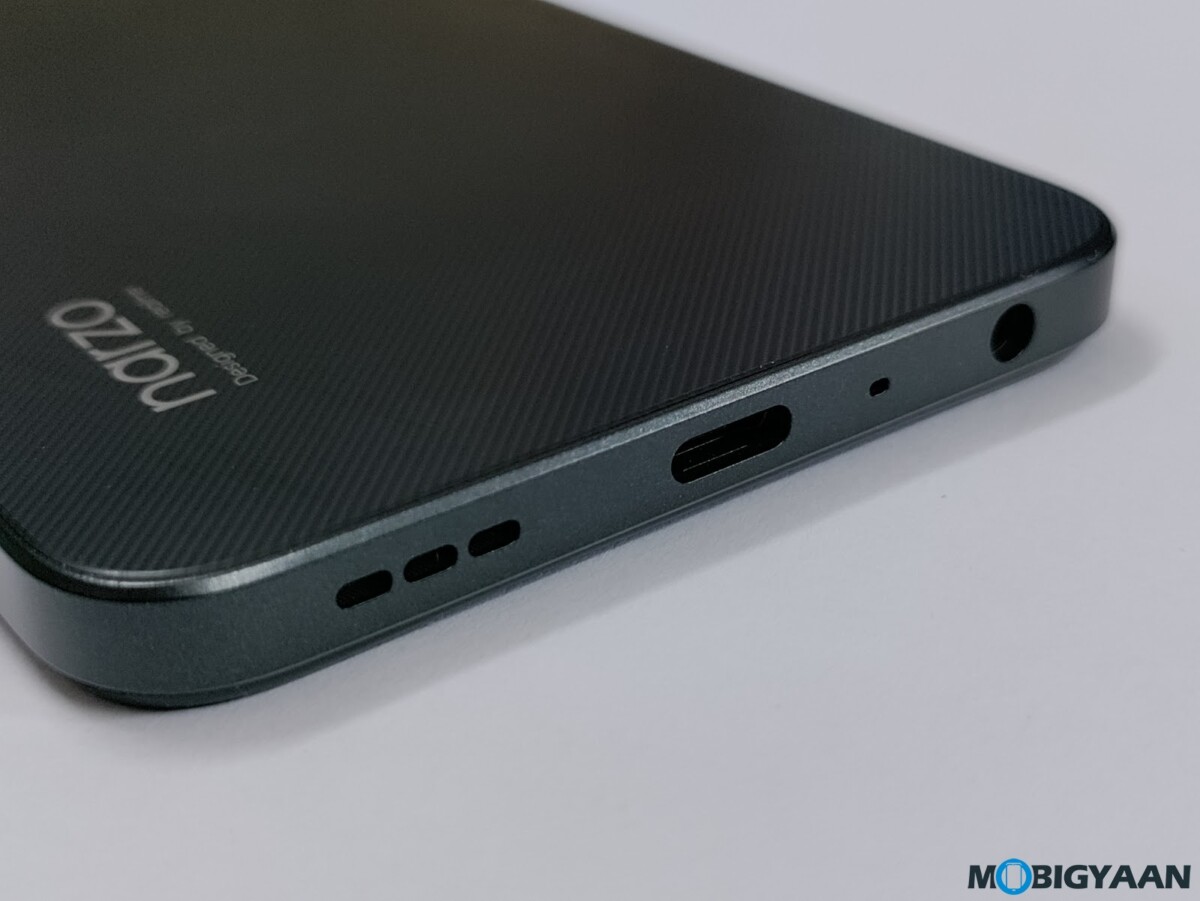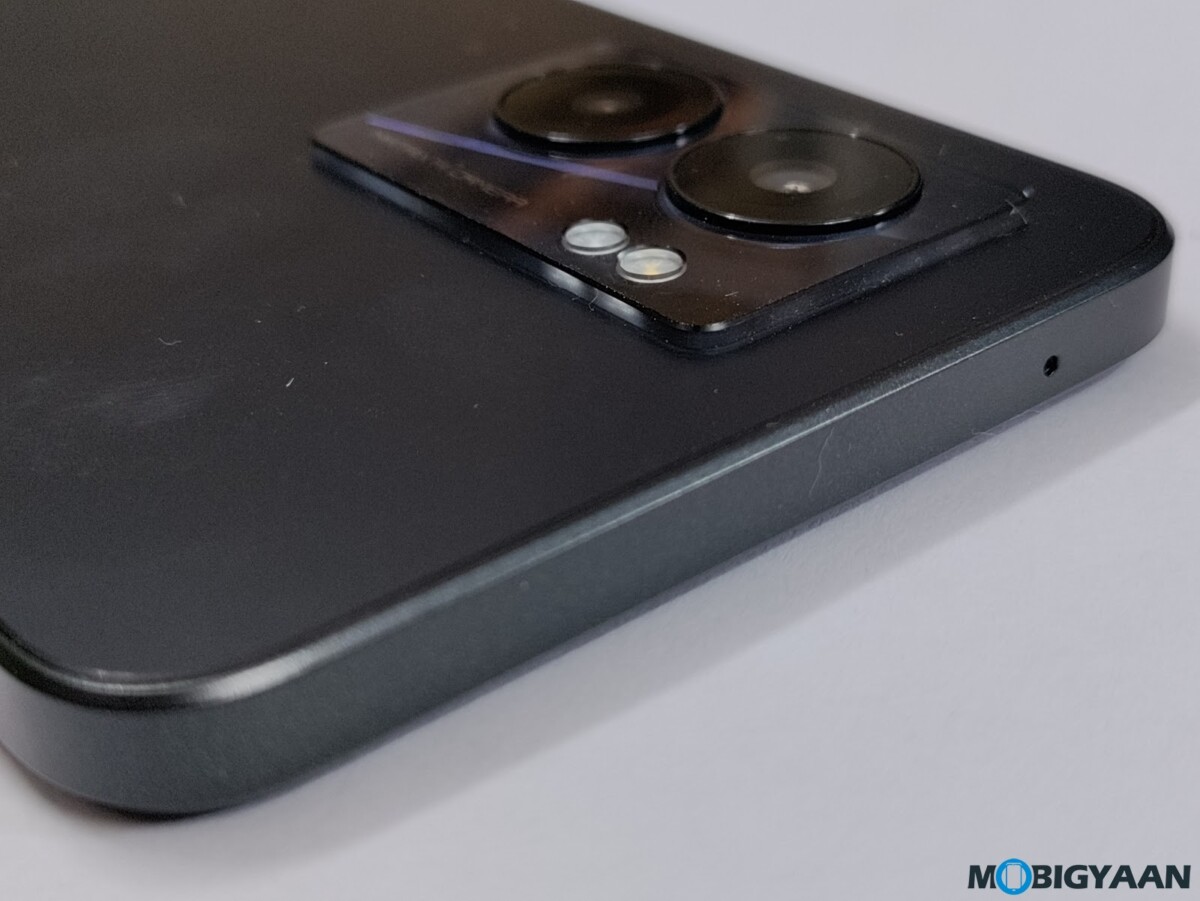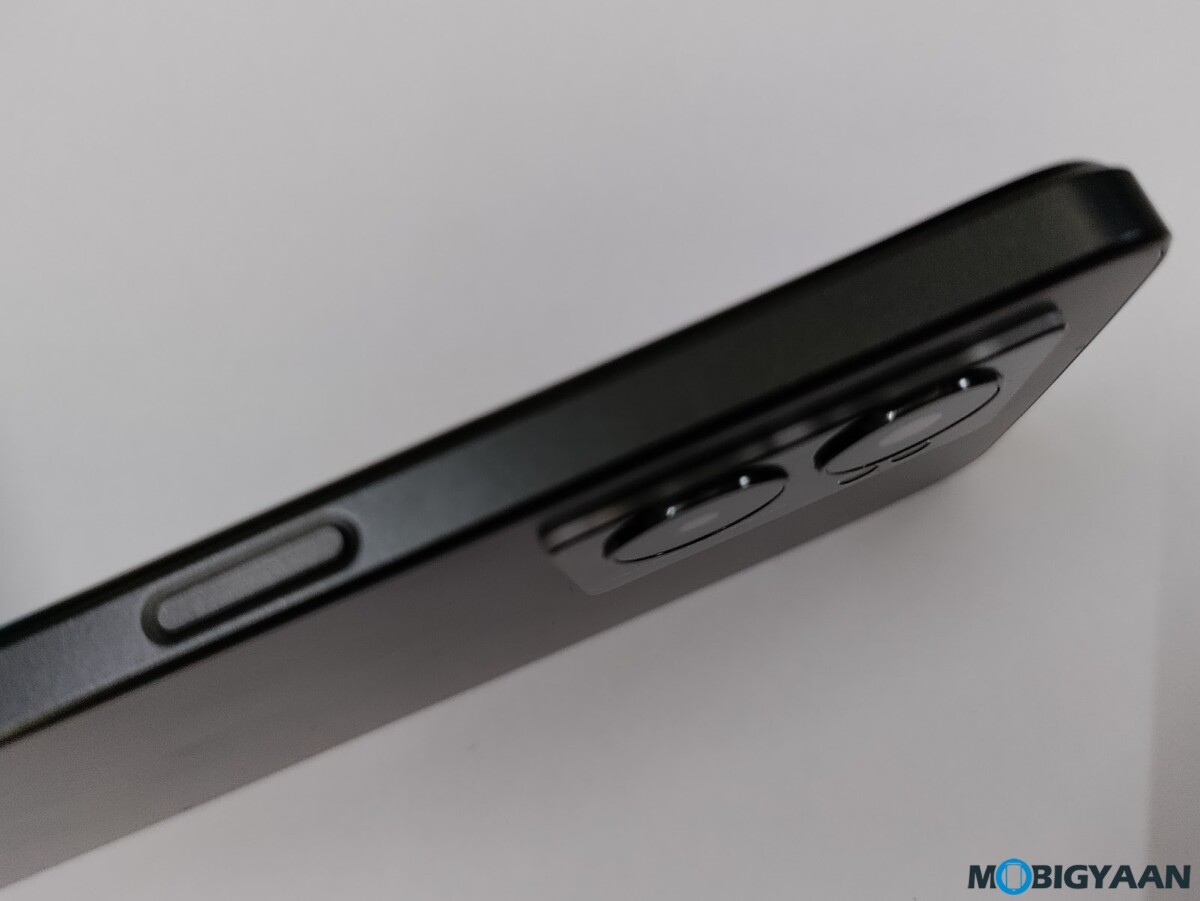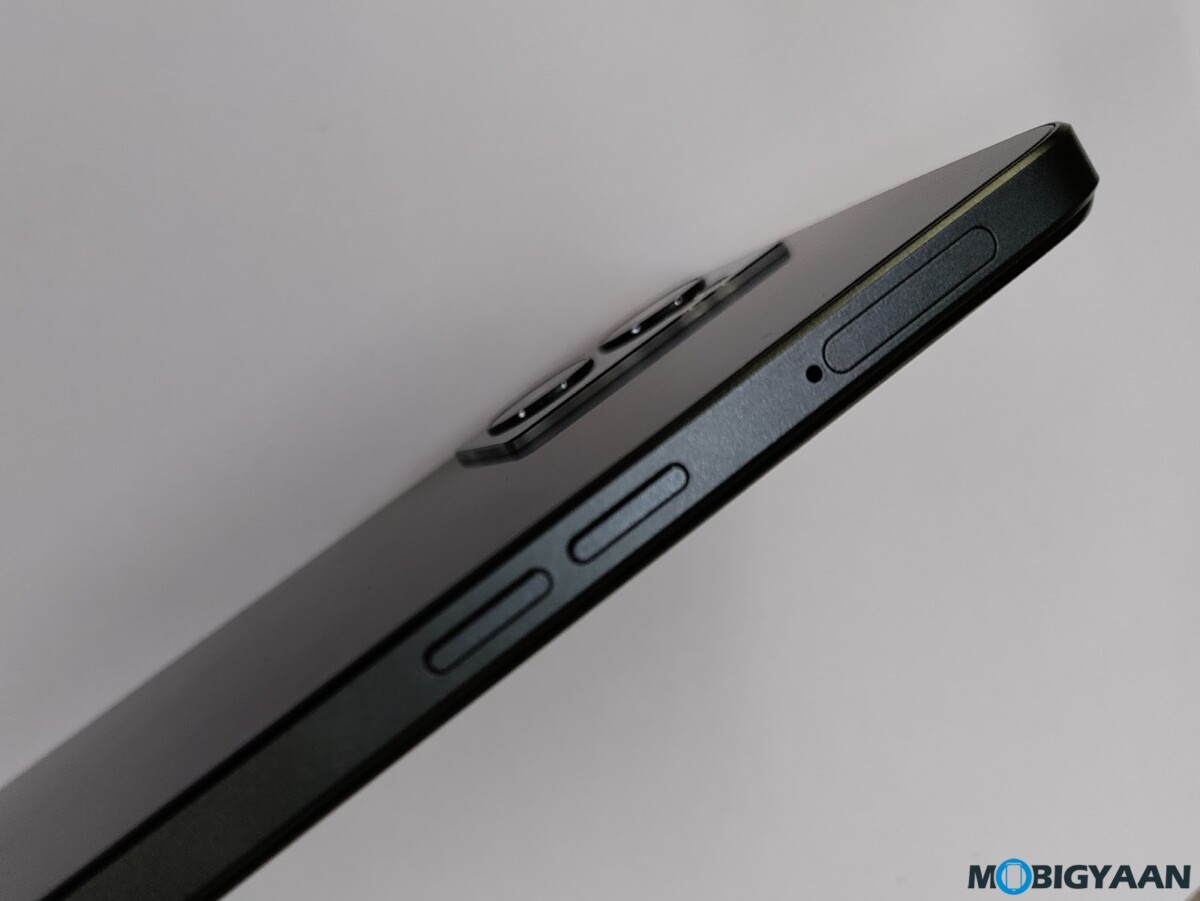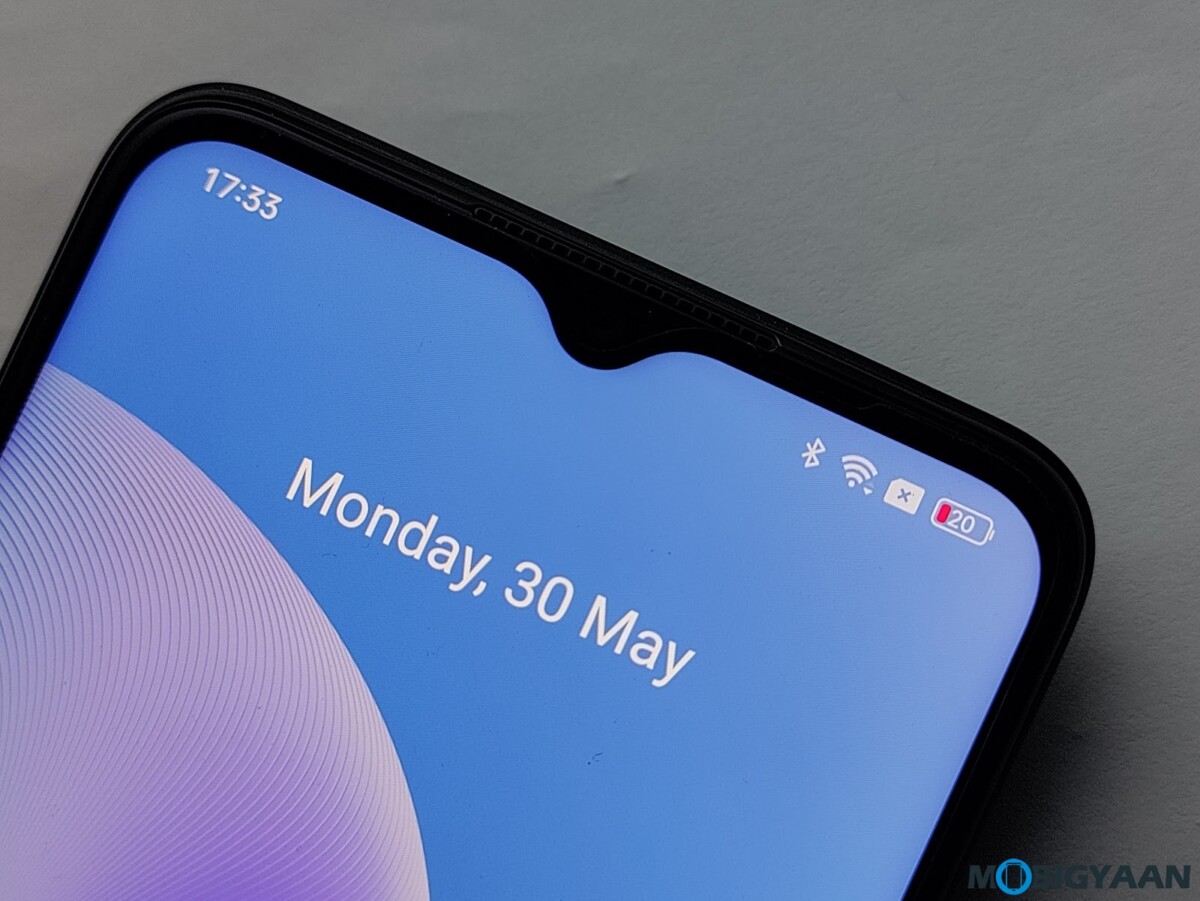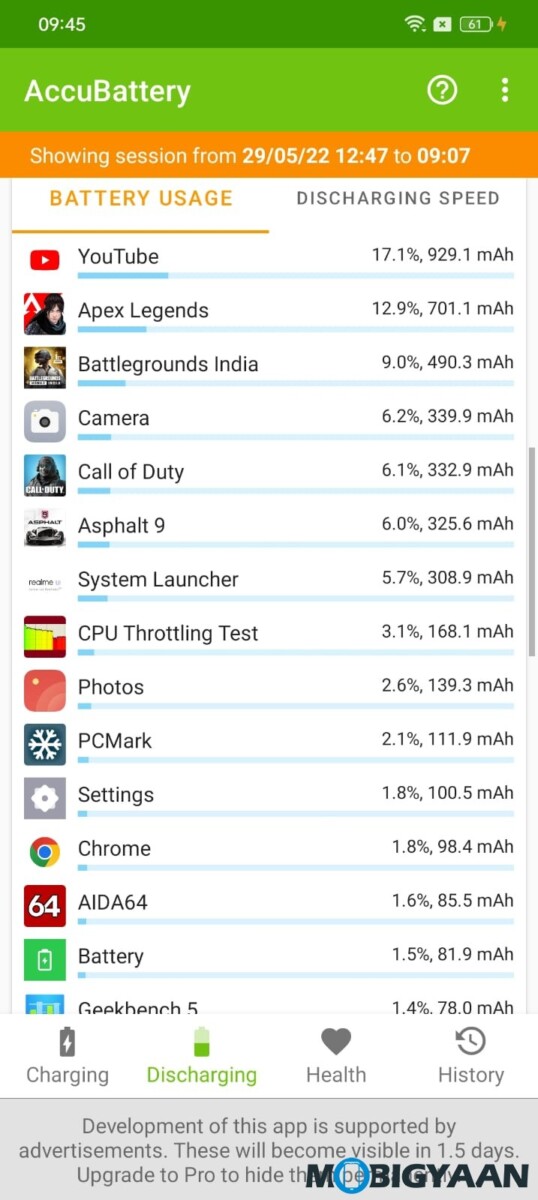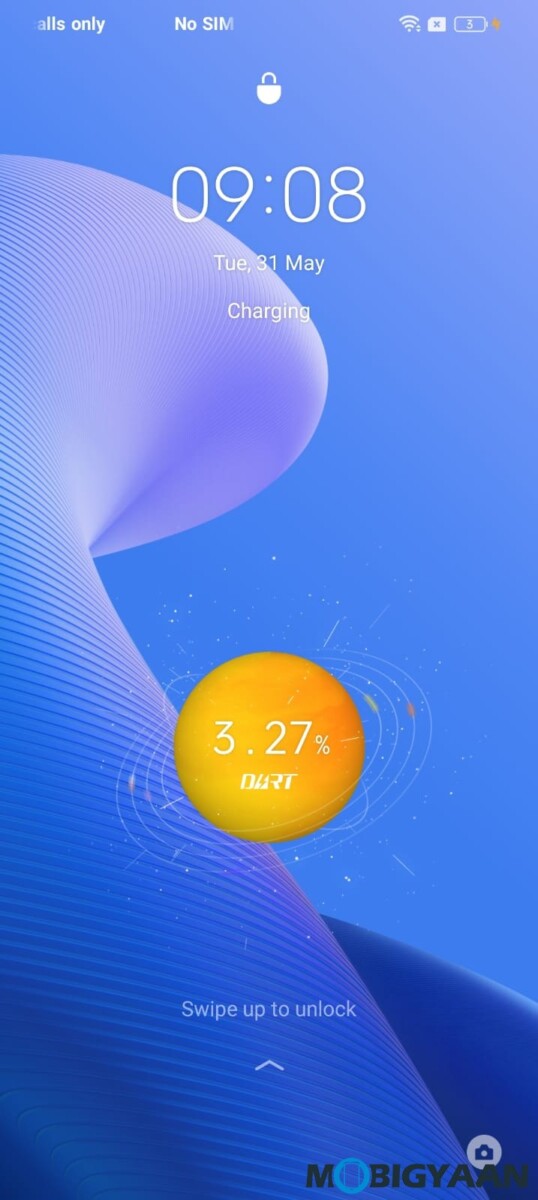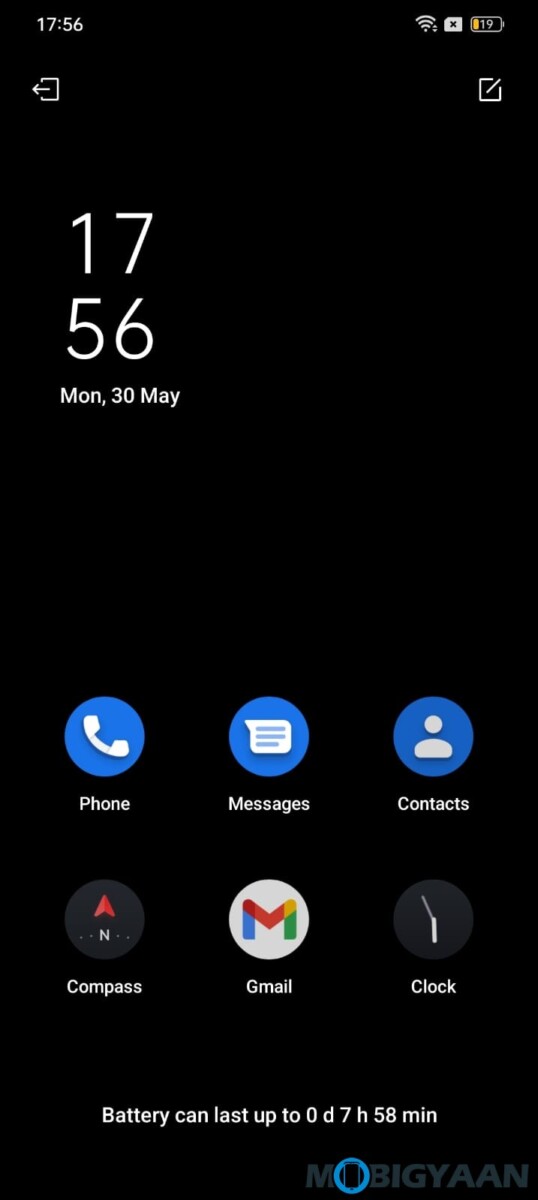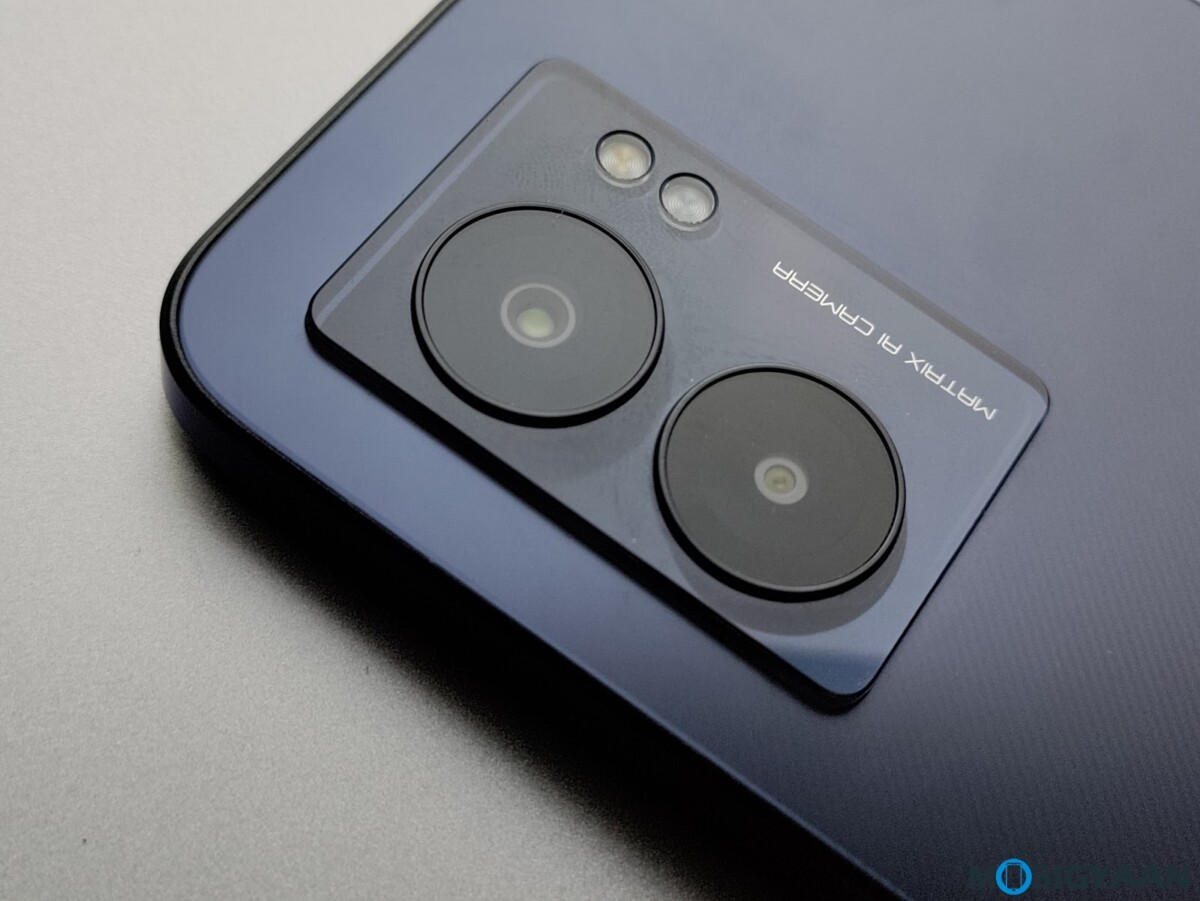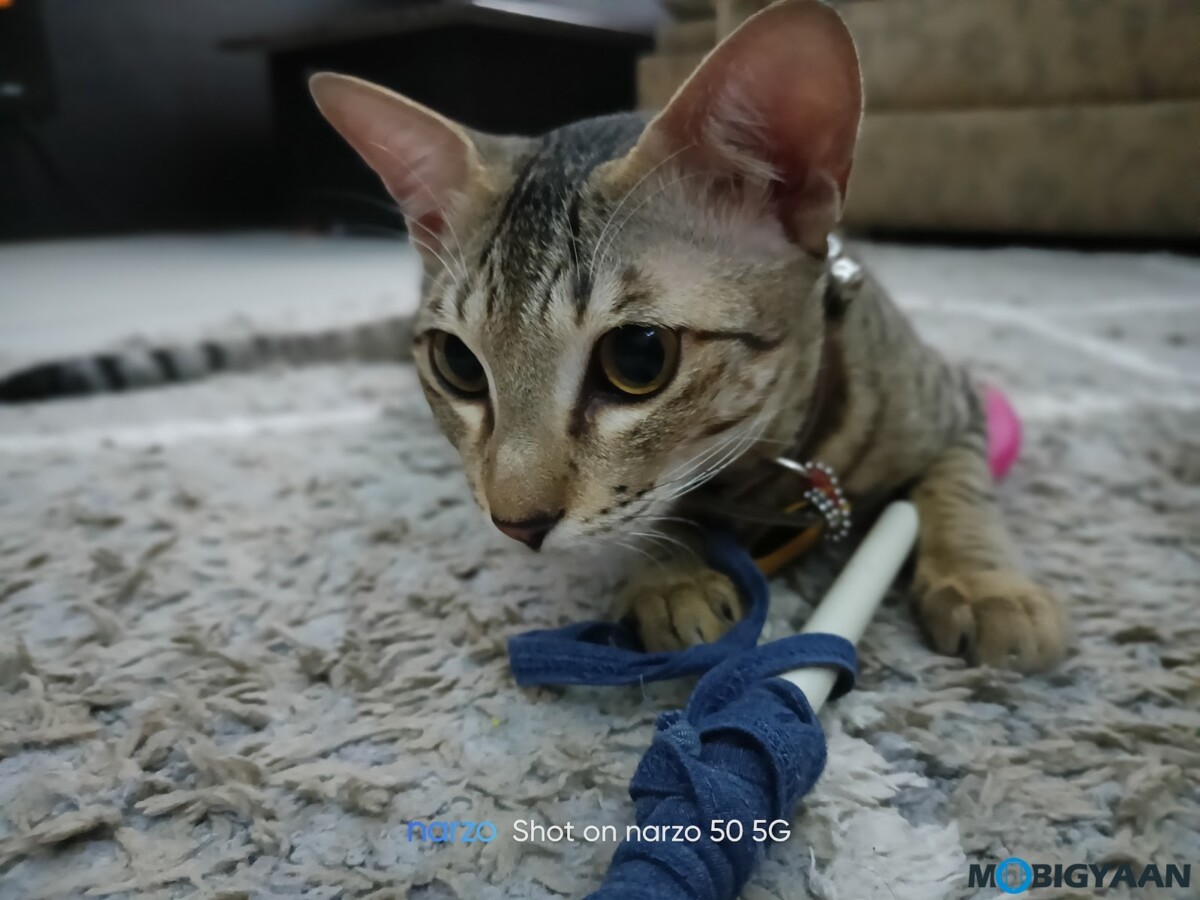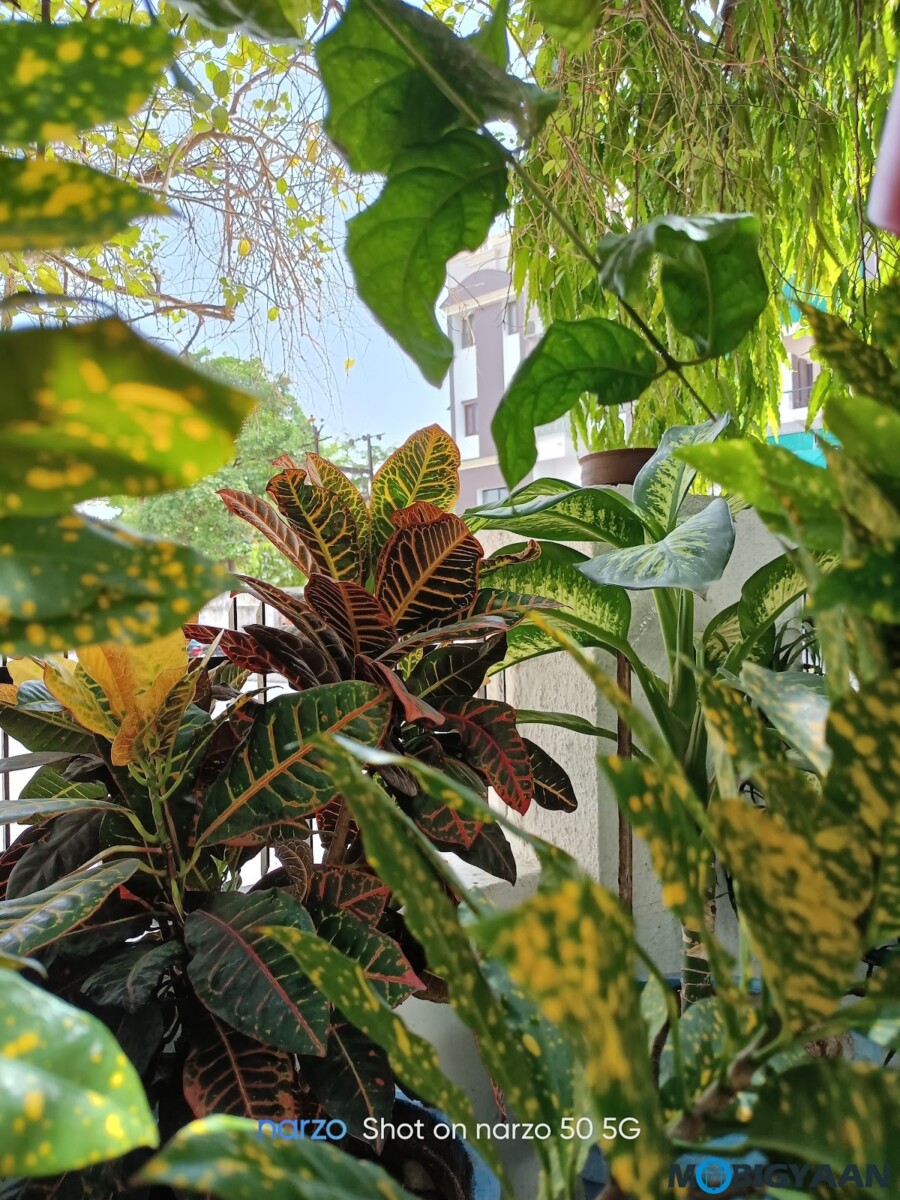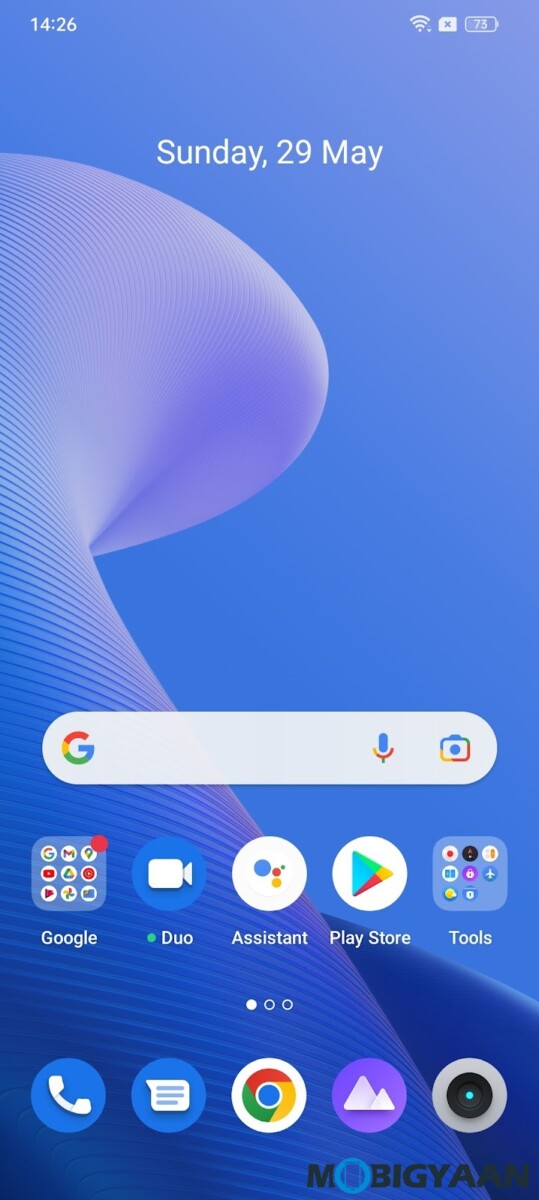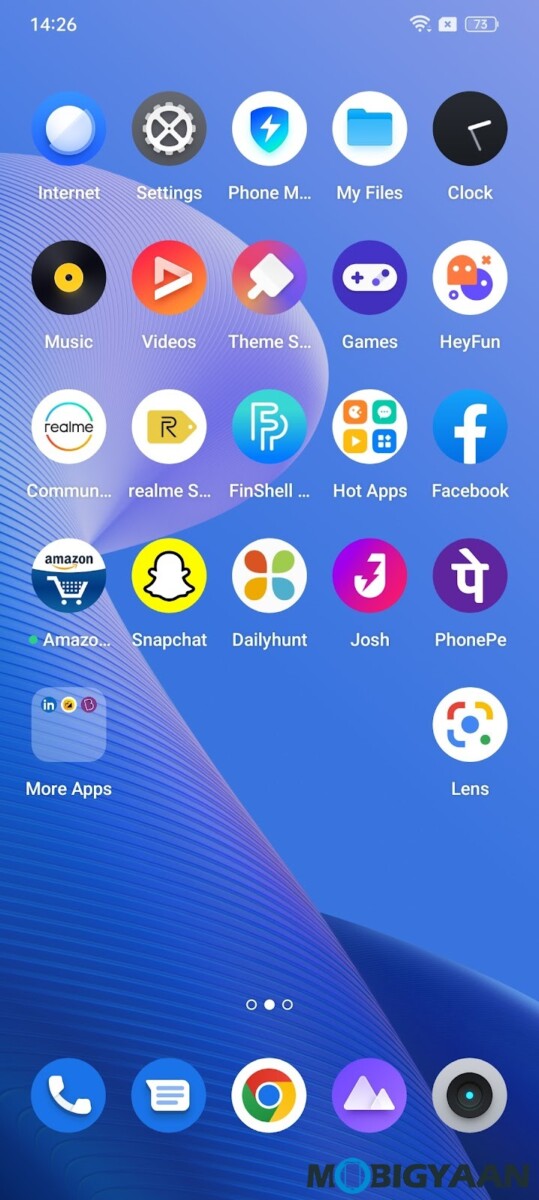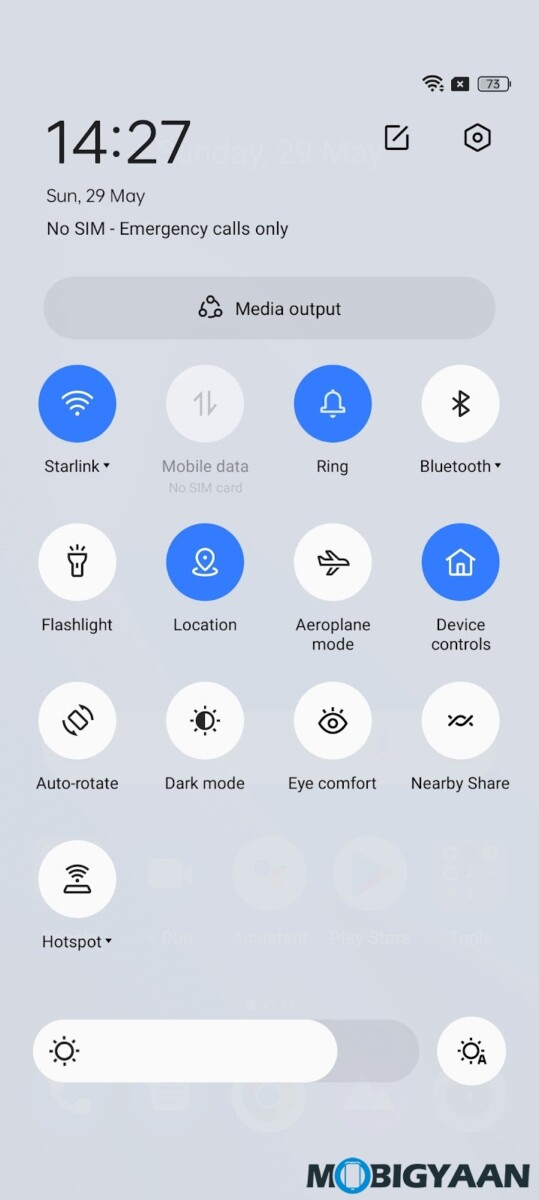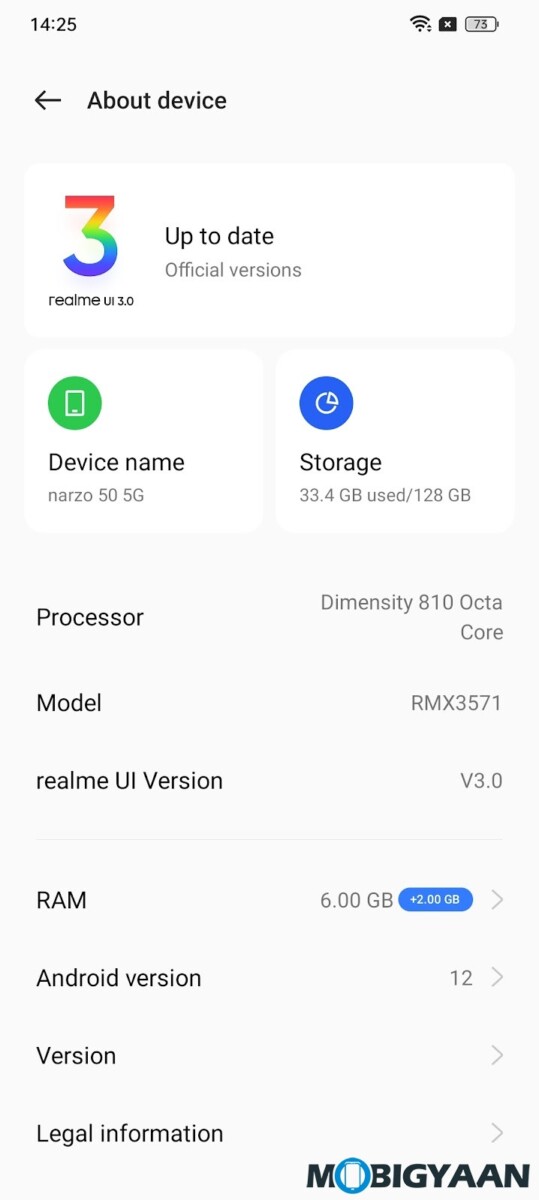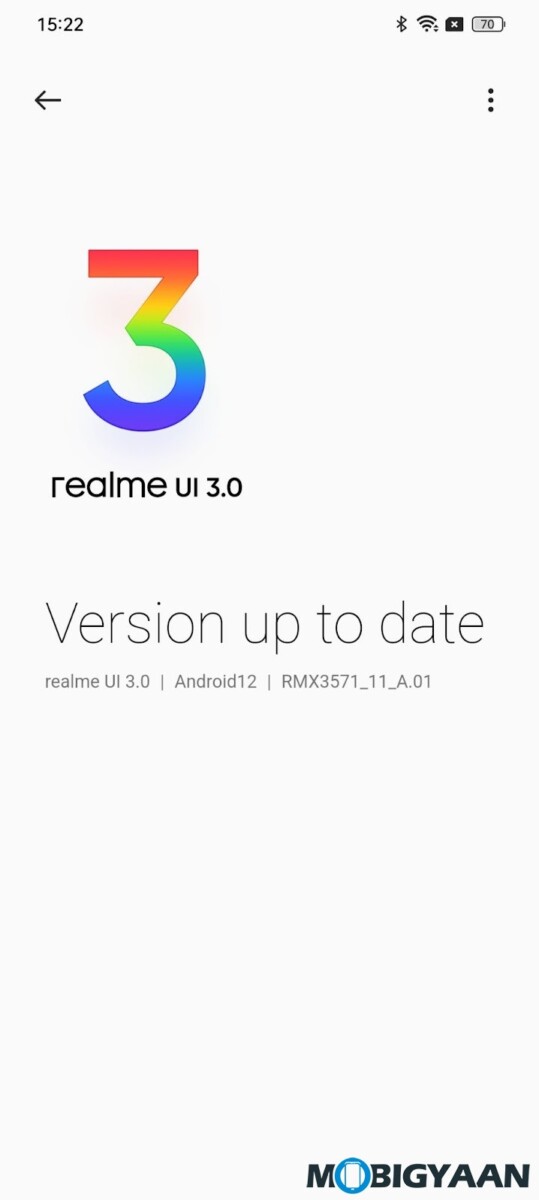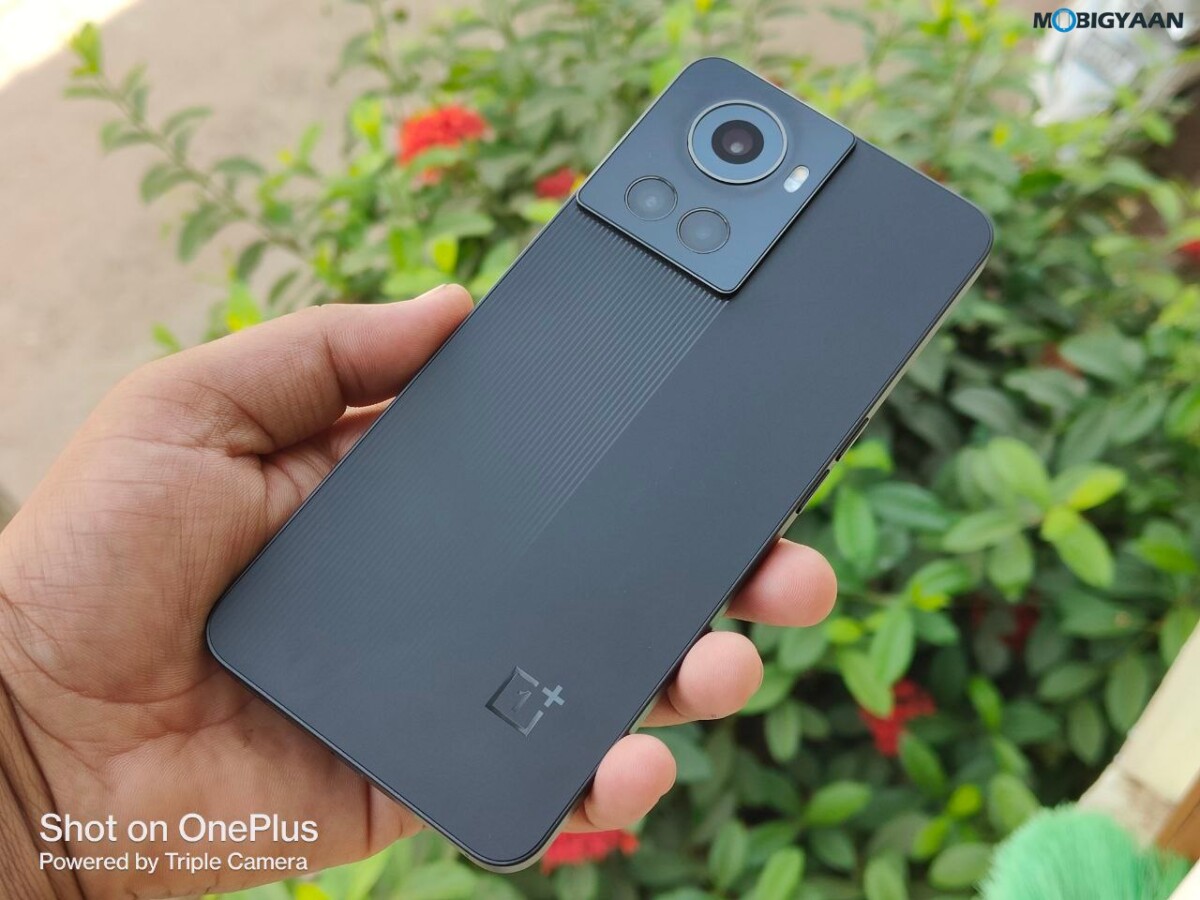Realme, the Chinese smartphone maker, building on the success of the previously released Narzo 50, has finally launched the Narzo 50 5G and Narzo 50 Pro 5G in India. Emphasizing on the Realme Narzo 50 5G, Realme’s budget end offering out of the two offers few improvements over its predecessor including a 5G capable MediaTek Dimensity 810 SoC alongside a few downgrades in the camera and display department.
That said, here’s an in-depth review of the newly launched Realme Narzo 50 5G that answers everything there is to know regarding the device and if it delivers the most bang for the buck compared to its predecessor while accounting for the downgrades.
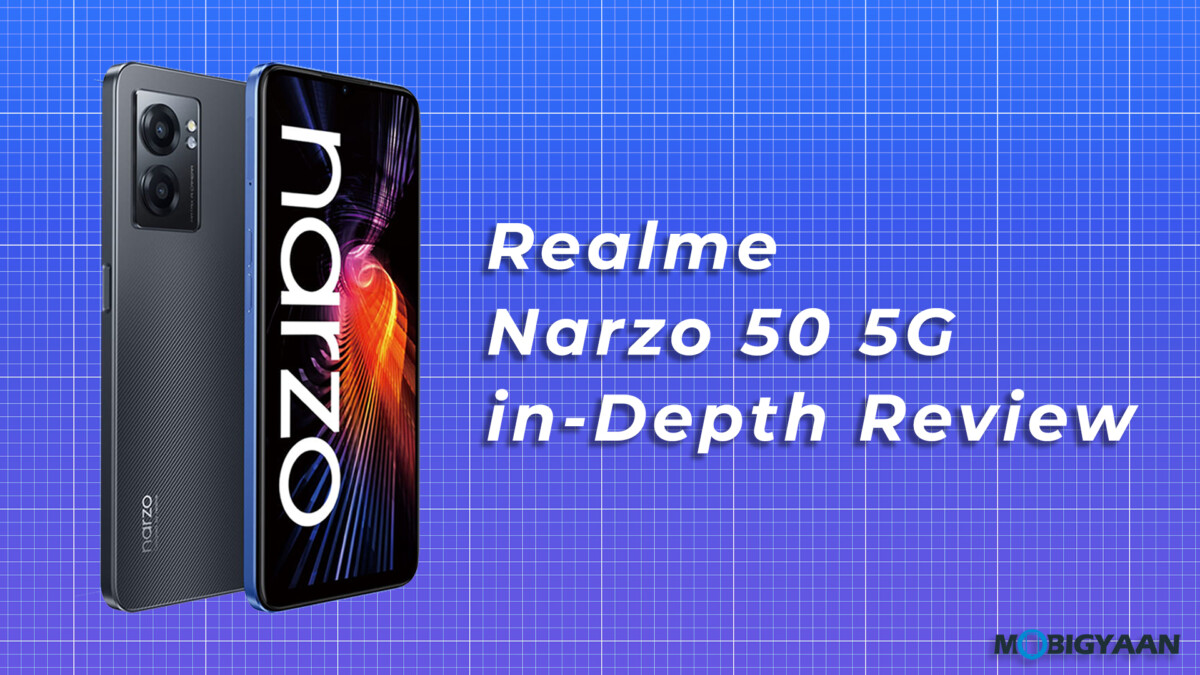
Realme Narzo 50 5G Specifications
- Display: 6.6-inch FHD+ (2408 x 1080 pixels) IPS LCD panel running at 90Hz of refresh rate
- Software: Realme UI 3 based on Android 12
- CPU: 6nm MediaTek Dimensity 810 (6x Cortex A55 cores clocked at 2 GHz + 2x Cortex A76 cores clocked at 2.4 GHz)
- GPU: Mali G57 MC2 GPU clocked at 650 MHz
- Memory: 6GB or 4GB of physical LPDDR4x RAM + up to 5GB of Virtual RAM
- Storage: 64GB or 128GB of internal storage + 1TB of expandable storage
- Rear Camera: Dual camera Setup (42MP Primary + 2MP depth ), LED flash
- Selfie Camera: 8MP
- Others: Side-mounted fingerprint scanner, Face Unlock, Stereo Speakers
- Cellular: 5G network, dual SIM, dual 5G standby support
- Battery: 5000mAh Lithium-ion battery
- Charging: 33W Super Dart charging via USB-C port (adapter included in the box)
- Weight & Thickness: 190g and 8.1mm respectively
- Price:
- ₹15,999 (4GB + 64GB)
- ₹16,999 (4GB + 128GB)
- ₹17,999 (6GB + 128GB)
Unboxing Experience, Design, Display & Build Quality
Starting from the unboxing, the Realme Narzo 50 5G delivers pretty standard upper mid-range vibes and comes along with a 33W Super Dart charger, a USB-C to USB-A cable, a transparent silicone case, a sim ejector and some paperwork.
As far as its design and build quality goes, the Realme Narzo 50 5G is a very sturdy and good looking device that offers minimal branding and a rectangular camera bump on its back paired with a polycarbonate body that is available in two—Hyper Blue and Hyper Black color variants. However, although it’s pretty lightweight and sleek at a weight and thickness of 190g and 8.1mm the device still feels very hefty and kinda uncomfortable to hold partly due to its squared off design that has pretty sharp edges and a flat back panel that feels a bit slippery and attracts fingerprints and smudges if used without a case.
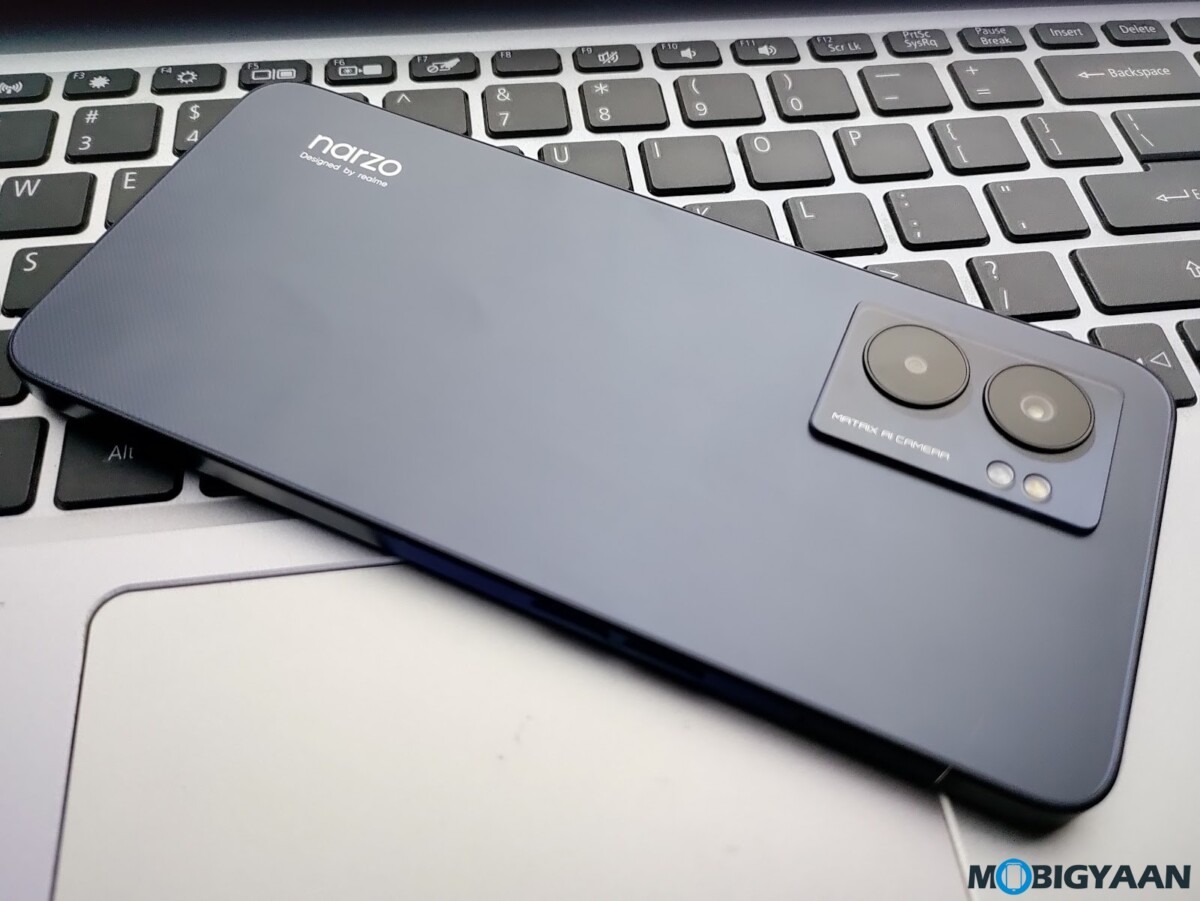 Meanwhile, the flat-edged outer frame of the device is also constructed out of plastic and offers a USB-C port, a speaker, a microphone and a 3.5mm headphone jack along the bottom side. Whereas there’s another microphone along the top edge of the device.
Meanwhile, the flat-edged outer frame of the device is also constructed out of plastic and offers a USB-C port, a speaker, a microphone and a 3.5mm headphone jack along the bottom side. Whereas there’s another microphone along the top edge of the device.
Coming to its sides, the Realme Narzo 50 5G features a side mounted fingerprint scanner that doubles as a power button along the right edge. Whereas the left side of the device features a volume rocker and a dual 5G sim and SD Card slot which is now a hybrid one which means you will have to choose between Sim 1 + Sim 2 or Sim 1 + SD card configuration.
Apart from the plastic back panel and frame, the front of the device features a 6.6-inch IPS LCD panel that delivers an FHD+ resolution (2400 x 1080 pixels) at 90Hz refresh rate and 600nits of peak brightness. Whereas as far as the screen-to-body ratio of the device is concerned Realme Narzo 50 5G offers 90.8% of screen-to-body ratio.
Additionally, there’s an earpiece up top that doubles as a second speaker and is placed right above the teardrop notch which houses an 8MP selfie camera.
Hardware & Overall Performance
Now that we have reviewed the design and build quality of the Realme Narzo 50 5G, let us take a look at its internals which includes a MediaTek Dimensity 810 SoC paired with up to 6GB of LPDDR4x RAM and 128GB of UFS 2.2 storage which both can be extended even further using 5GB of virtual ram and a SD Card up to 1TB respectively.
Emphasizing on the Dimensity 810 SoC, a mid-tier chipset from Mediatek which is built using TSMC’s 6nm node and offers 2x ARM Cortex A76 cores clocked at 2.4 GHz and 6x ARM Cortex A55 cores clocked at 2 GHz. Although not that different from the MediaTek Helio G98 found on the non-5G Narzo 50, the Dimensity 610 is clocked a bit higher and offers pretty decent performance for the price in various day to day as well as heavy tasks.
In our testing, we were able to uncover the following results using Realme Game Space app:
| Game | Average fps | GPU Utilization | CPU Utilization |
| Apex Legends | 39fps | 99% | 42% |
| BGMI/PUBG | 30fpsc | 66% | 43% |
| Call of Duty | 60fps | 98% | 39% |
| Asphalt 9 | 29fps | 88% | 33% |
Charging & Battery Life
In our testing; the 5000mAh Lithium-ion battery that powers to Realme Narzo 50 5G offered a screen on time of around 7 hours and 4 minutes over a span of 2 days, which is great given that our testing included few hours of youtube video playback, almost an hour of gameplay each in games including PUBG, COD, Apex Legends and Asphalt 9 all while the display was set to around 75% brightness. This leads us to say that the Realme Narzo 50 5G can easily last you through a day even with very heavy usage and can last even longer if used moderately or if you turn on the super power saving mode which promises to drastically reduce the system’s energy consumption and extend battery life.
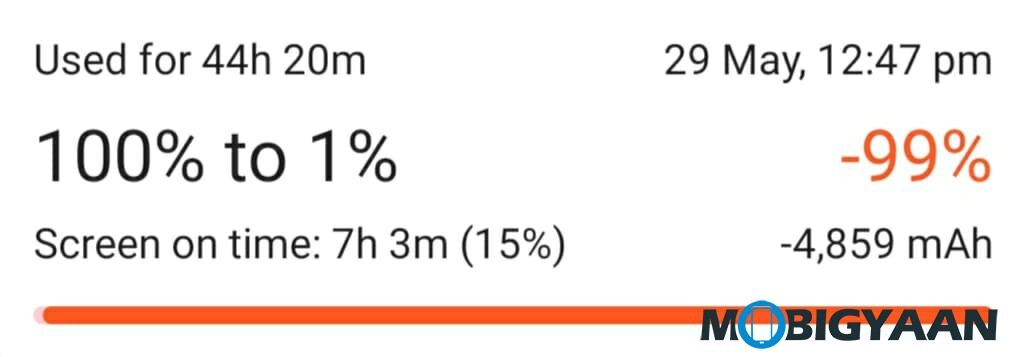
Meanwhile, the 33W Super Dart adapter that is included in the box charges the phone from 1 to 50 percent within 27 minutes and 1 to 100 percent within 1 hour 15 minutes which is sufficient fast and does heat up the device by a margin of 10°C with the normal temperature when not charging lying somewhere in the neighborhood of 35°C.
Camera Setup & Its Performance
As for its cameras, the Realme Narzo 50 5G rocks a dual camera setup on the rear and consists of a 42MP f/1.8, 26mm wide primary sensor that is supported by a 2MP, f/2.4, depth sensor, and a dual-tone flash. Whereas the front of the device features an 8MP selfie camera. Additionally, both the front and rear cameras offer video recording capabilities up to 2.1MP (1920x1080p)
Technical specifications aside, the Realme Narzo 50 5G also offers a bunch of different camera modes and AI features including a dedicated Night, Portrait, Street and Pro modes as well as support for Slo-mo, timelapse, basic color filters, beautification slider and more.
In our testing, the Realme Narzo 50 5G was able to deliver pretty sharp, contrasty and vibrant photographs with its 42MP rear primary sensor, while the 2MP depth sensor also works well and offers natural looking bokeh with good edge detection when using the dedicated portrait mode. Apart from the rear camera setup, the 8MP selfie camera offered vibrant and sharp looking images.
Camera Samples
Software & User Interface
Coming to its software and overall user interface, the Realme Narzo 50 5G ships with Realme UI 3 running on top of Android 12 out of the box. It feels responsive, looks good and doesn’t try to invade your privacy or hit you with a ton of uninstallable junk, with the exception of around 10 to 13 apps which can be classified as junk but can be uninstalled easily.
Additionally, according to Realme’s official blog, the company is committed to delivering 3 major Android OS updates and 4 years of Android Security Patches for Realme Narzo 50 5G.
Final Verdict
Honestly speaking, the Realme Narzo 50 5G is a really nice budget friendly smartphone at a starting price of ₹15,999. It offers great performance in both day to day and heavy tasks with MediaTek’s 5G capable Dimensity 810 SoC alongside pretty smooth software, a 90 Hz FHD+ IPS display and a decent camera setup.

